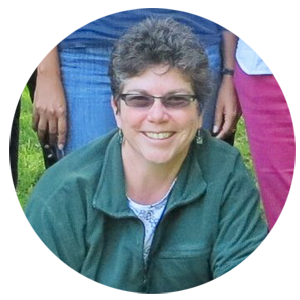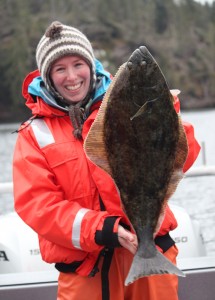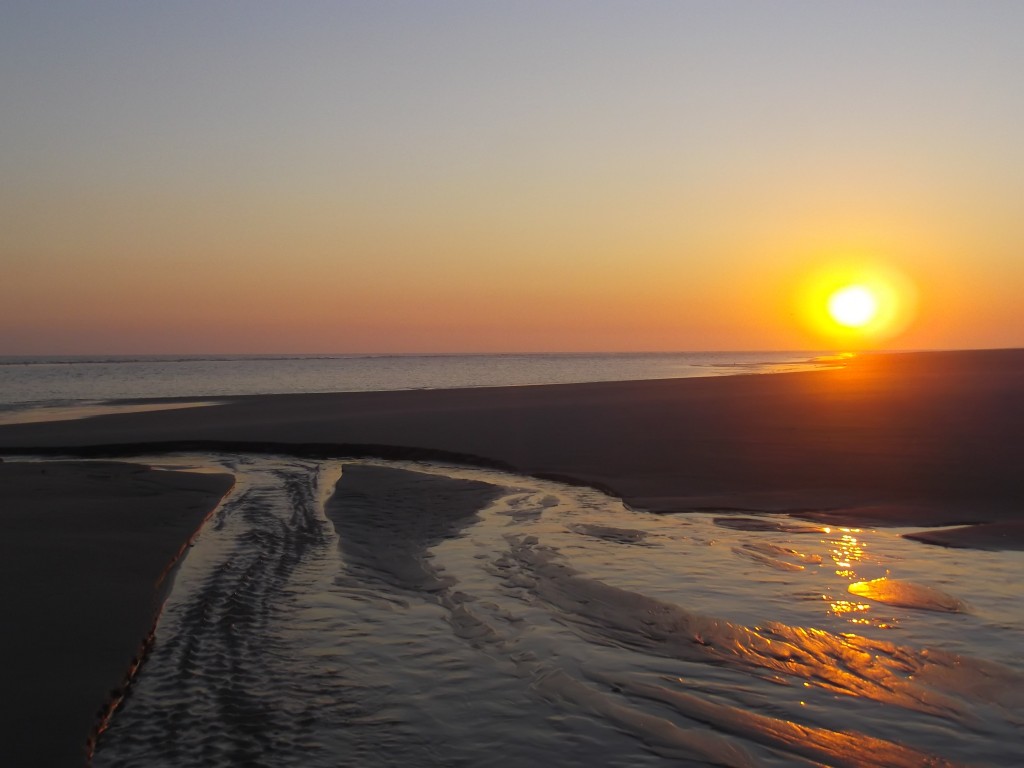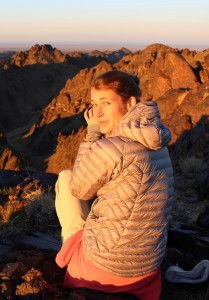Monthly Archives: March 2016
Salmon management and responses to water quality changes in Alaska [Wed. March 23]
This week’s Roundtable features two talks about salmon ecology and management in Alaska by Drs Milo Adkison and Anne Beaudreau, both of whom are members of the Gulf of Alaska Portfolio Effects working group.
Why is salmon management so hard?
Dr. Milo Adkison
Fairbanks, AK 99775
Long-term community responses to nutrient additions and water quality changes in Afognak Lake, Alaska
Dr. Anne Beaudreau
The Afognak Lake sockeye salmon run historically supported one of the largest subsistence fisheries in the Kodiak Archipelago, Alaska. Declining abundance during the 1980s led to a decade of lake fertilization (i.e., additions of phosphorus and nitrogen) and intermittent stocking. The central goal of this study was to characterize changes in prey and habitat quality for lake-rearing juvenile sockeye salmon in Afognak Lake since the late-1980s. We synthesized long-term data collected by the Alaska Department of Fish and Game to address two questions: (1) What environmental and ecological factors explain patterns of production for zooplankton and juvenile sockeye salmon in Afognak Lake? (2) Are patterns of production consistent with the expected community response to fertilization? We found that total phosphorous concentration was an important predictor of variation in density and size of dominant zooplankton species. Primary and secondary production showed a response to lake nutrient additions, but there was no discernable effect of fertilization on juvenile sockeye size and condition. Additionally, there was little support for the hypothesis that larger size at outmigration led to enhanced survival in the ocean. As a whole, our results suggest that nutrient additions are unlikely to result in increased population productivity of Afognak sockeye and that the ecological role of insects, which compose a large proportion of sockeye fry diets in Afognak Lake, deserves greater attention.
Juneau, AK 99801
How Interspecies Coastal Communities Inform Conservation of Shared Ecosystems [Wed March 16]
Dear All,
Next week’s roundtable will be led by Dr. Toni Frohoff of Terramar Research along with, Dr. Tema Milstein at the University of New Mexico, Elizabeth Oriel of the Co-Habitation Institute and Laura Bridgeman at the Earth Island Institute.
Conservation, as we understand it, is a coupling of human and more-than-human
interests, concerns, goals, and relationships. In our view then, conservation depends
upon a building of interspecies relationships in which long-term mutual thriving is
the goal, and human interests don’t necessarily outweigh those of other animals or
plants. The central question of our time is how humans can better cohabitate
with/in as integral parts of ecological systems. This paradigm informs our research
and related advocacy for cetaceans (whales, dolphins, and porpoises) and coastal
communities. Cetaceans are sentinels of ocean health and their current high
mortality rates indicate massive failure of ocean protection efforts and cohabitation
efforts. Cetaceans are also valued by the public for being iconic, charismatic
representatives of the marine environment in many cultures. Yet beyond
functionality and emotionality, a phenomenon of cetacean sociable behavior
directed towards humans, unique among other free-ranging species, has occurred
and, more recently, has been systematically studied, in cetaceans. Cetaceans in
groups, and sometimes individually (the latter called “solitary sociables”) actively
seek interactions with human swimmers, waders, boaters, and divers – in the
absence of food provisioning – in certain locations globally. These situations provide
exceptional opportunities for both the study of cetacean behavioral ecology and
cognition and also for cetaceans to serve as public ambassadors of oceanic
protection. But surprisingly, these shared marine environments often become
centers of conflict about how to cohabitate in shared marine communities. Our
team is leading multi-disciplinary research, combining academic, scientific, and
advocacy platforms, and consulting on issues including successful cohabitation with
solitaries, which is part of a larger study documenting elements of successful
cohabitation among humans and coastal ecosystems. As part of this emerging
species-inclusive and non-anthropocentric paradigm, Dr Toni Frohoff developed
Interspecies Collaborative Research, in which both researcher and subject(s)
participate in a mutually interactive investigation. Our diverse approach, that
includes ethology, ecology, and social science, is ecocultural, multi-species in
orientation, and centers on serving and advocating for the interests of the species
and ecosystems we interact with and study.
Dr. Toni Frohoff
Environmental and trait variability constrain community structure and the biodiversity-productivity relationship [Wed. March 9th]
Biodiversity-ecosystem functioning (BEF) has been a major topic in ecology for years. Nevertheless, there is still considerable debate about which mechanisms drive the relationship. Although most scientists agree on the existence of two underlying mechanisms, complementarity and selection, experimental studies keep producing contrasting results on the relative contributions of the two effects. My colleagues and I implemented a spatially explicit resource competition model to investigate how the strength of these effects and underlying mechanisms are influenced by trait and environmental variability, resource distribution, and species pool size. I will mainly present the model outcomes and then show a couple of BEF related projects I have been working on recently.
Dorothee Hodapp
Carl von Ossietzky University Oldenburg
Institute for Chemistry and Biology of the Marine Environment (ICBM)
AG Planktology
Schleusenstr. 1
26382 Wilhelmshaven
Germany
dorothee.hodapp@uni-oldenburg.de






